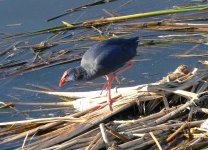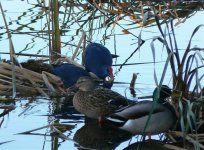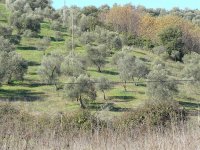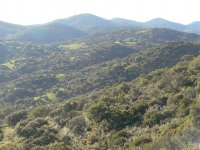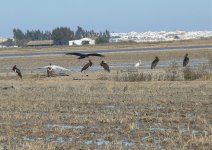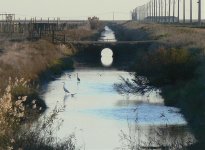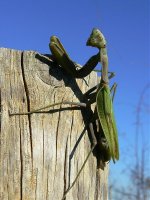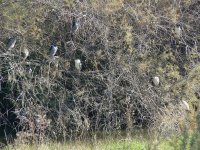ColinD
Well-known member

We set off from Liverpool airport on Thursday 13th November for our now annual short break to south west Spain. This year however was slightly different. The withdrawal of Ryanair flights to Seville, forced us to fly with Easyjet to Faro in Portugal, and then drive across the border to our destination in Spain. We also decided to stay in a seaside town called el Portil, rather than our usual hotel in el Rocio, Donana. We took this decision because el Portil is quite central for many good birding areas, including Portugal, yet it still allowed us to visit the Coto Donana. Once again we were lucky with the weather during our stay, with sunny, cloudless skies, and temperatures which ranged from 26’C at midday to 1’C overnight. There was hardly a breath of wind after the gentle breeze of the first day. Dusk was at about 6:30pm Spanish time.
We touched down at Faro airport at 10:50am, and by 11:30 we had collected our baggage and the hire car and were on our way. The first stop was less than 10 minutes drive from the airport, just before the beach resort of Praia de Faro (which is clearly signposted as you leave the airport). I’ve always found this a good spot for Caspian Tern, and today was no exception, with three of these magnificent birds, with their ridiculously heavy carrot red bills flying around the bay, and plunge diving with incredible ferocity. Also here, a decent selection of waders, but mainly common stuff.
Then it was on to another favourite spot of ours, Quinta de Lago, a golf resort which has inexplicably been allowed to be built in the heart of the Ria Formosa nature reserve. This is a well known spot to many British birders. From the hide we had great views of at least five Purple Gallinules, one Glossy Ibis and 20 Red-crested Pochard. We ended the day at nearby Ludo salinas, which held hundreds of White Storks with a single, unexpected Black Stork, 60 Spoonbills and hundreds of ducks, mainly Wigeon. Also, lots of Azure-winged Magpies and Waxbills.
We touched down at Faro airport at 10:50am, and by 11:30 we had collected our baggage and the hire car and were on our way. The first stop was less than 10 minutes drive from the airport, just before the beach resort of Praia de Faro (which is clearly signposted as you leave the airport). I’ve always found this a good spot for Caspian Tern, and today was no exception, with three of these magnificent birds, with their ridiculously heavy carrot red bills flying around the bay, and plunge diving with incredible ferocity. Also here, a decent selection of waders, but mainly common stuff.
Then it was on to another favourite spot of ours, Quinta de Lago, a golf resort which has inexplicably been allowed to be built in the heart of the Ria Formosa nature reserve. This is a well known spot to many British birders. From the hide we had great views of at least five Purple Gallinules, one Glossy Ibis and 20 Red-crested Pochard. We ended the day at nearby Ludo salinas, which held hundreds of White Storks with a single, unexpected Black Stork, 60 Spoonbills and hundreds of ducks, mainly Wigeon. Also, lots of Azure-winged Magpies and Waxbills.
Attachments
Last edited:




